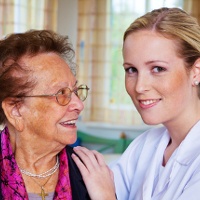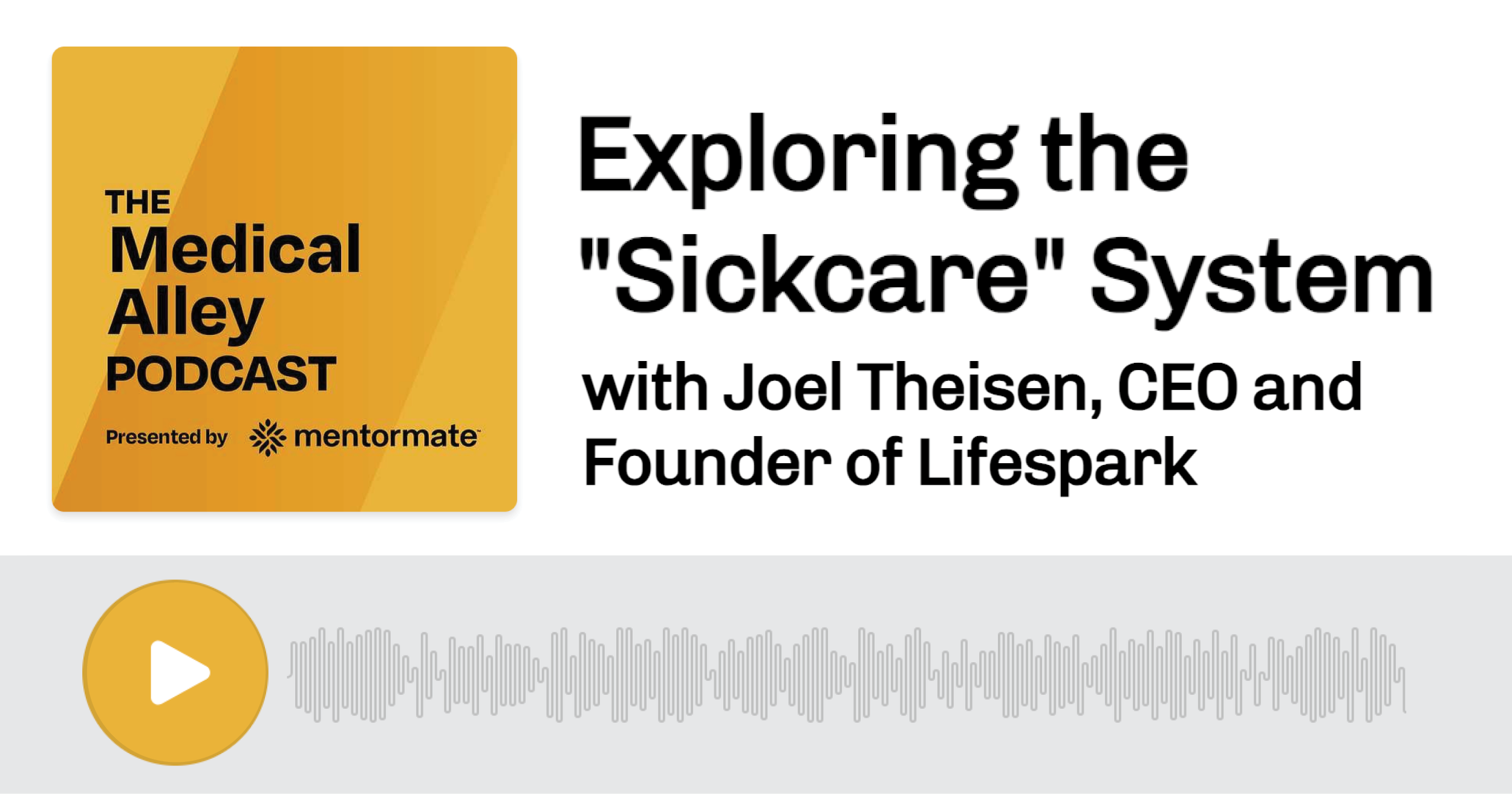
Kudos to Katy Read and the Star Tribune team who published a series of articles in The Good Life on the impact of social isolation on seniors and what Minneapolis/St. Paul area senior care providers are doing about it.
In her articles, Katy points out that the National Association of Area Agencies on Aging and AARP have partnered to launch a national campaign to raise awareness of senior social isolation as an issue, offering tips for how to recognize it as well as how to combat it.
“Work has begun to address social isolation in our communities from Minnetonka to White Bear Lake and everywhere in between, but more still needs to happen,” adds Joel Theisen, Lifespark founder & CEO. “The first step is recognizing and identifying the issue exists. But then what? There is no algorithm or pill for loneliness.”
Joel explains, “Many more doctors are asking seniors whether they are socially isolated, but as a community, we need to do more to offer solutions. That’s one of the reasons we built Lifespark as a whole person senior care model – because we knew that loneliness and social isolation were major barriers to seniors being able to live the healthiest, most independent life possible. Now a growing set of research validates those risk factors.”
So where do we begin? The Good Life articles mention several initiatives across the Twin Cities metro –from call networks, or even just finding others who are willing to listen, to parties, innovative senior housing, and home-cooked meal delivery services. Those are a good start. But we also need to make a conscious effort to build person-centric services that from the very first encounter connect and discover what is most important to the individual.
“We need to connect to our seniors for who they are – to discover and know them, to learn what brings them joy and what’s important to them. Once we do that, then we can connect them to others and to experiences that put the sparks in their eyes,” Joel stresses.
As Katy alludes in her articles, the solution is not a one-size-fits-all. However, it can be as simple as discovering that a couple needed help filling their birdfeeder so they could once again enjoy watching the birds in their backyard. Or learning that a woman was crying all the time because she missed the connection to her childhood church. Or identifying how painting was such an integral aspect of a woman’s life that she yearned silently to somehow be involved with it again. Or taking the time to listen to how sailing was how one man identified himself for decades but hadn’t been on a boat for years and had never sailed with his young grandson.
It starts with simple steps. So here’s the challenge to our professional colleagues in the metro: what simple steps can you take to begin to identify and address social isolation with the seniors you serve?




